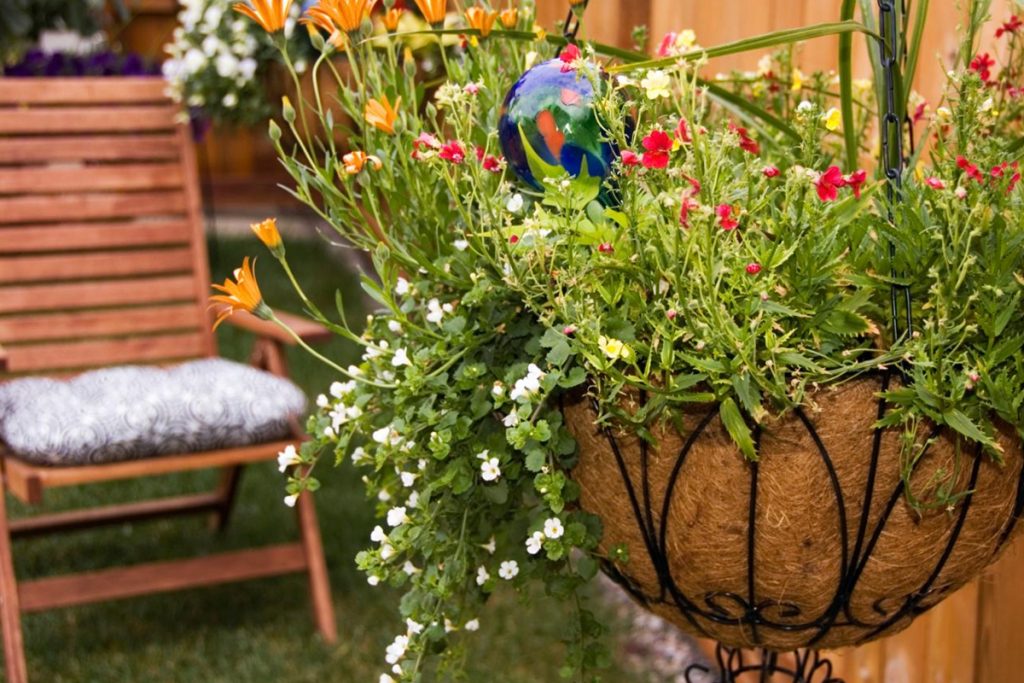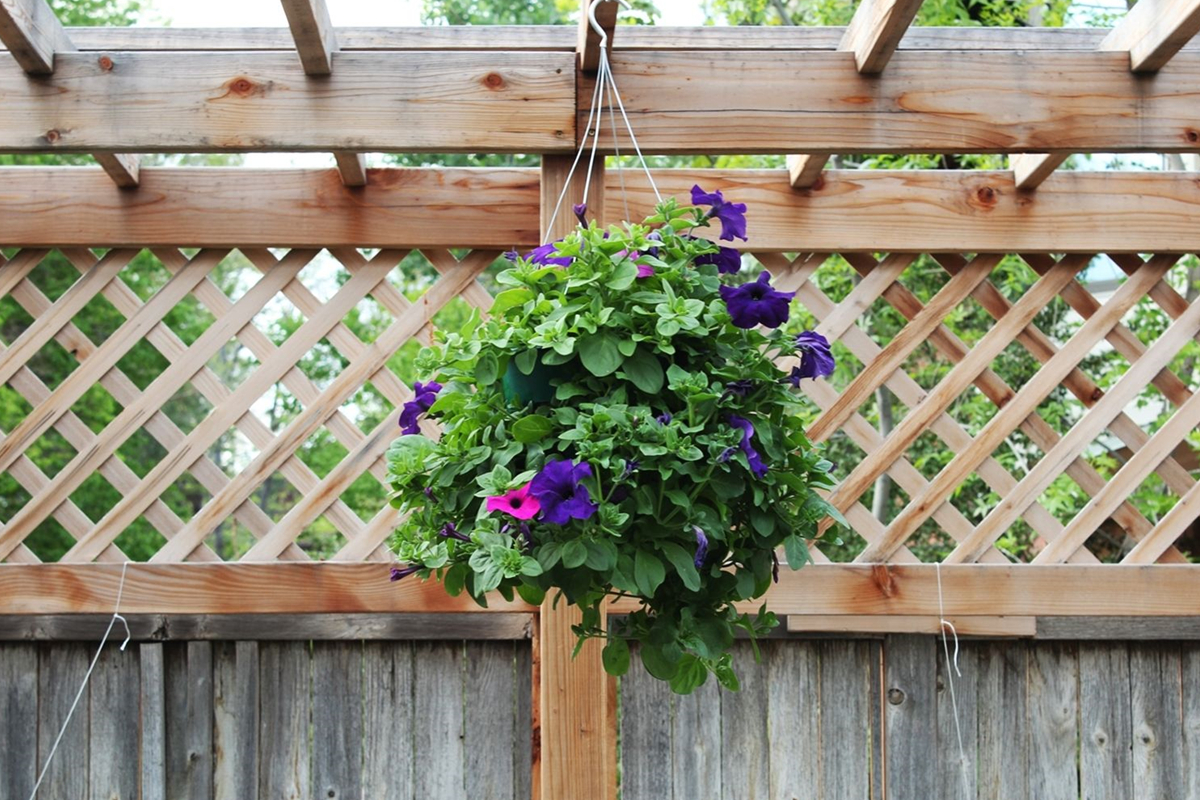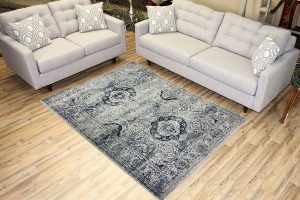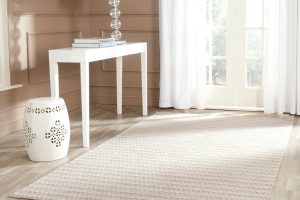Tips to Make Your Outdoor Hanging Basket Project a Success
Hanging baskets are a great way to add greenery to your home, deck, patio, or balcony. There are many ways to turn a hanging basket, and there are just as many plants that will thrive in them. But whether you’re an experienced gardener or not, it can be challenging to get the perfect look. To help you out, we’ve collected the best tips for designing and planting an outdoor hanging basket project that is sure to impress.
1. Use a Variety of Plant Types
Whether you’re an experienced gardener or not, it can be challenging to get the perfect look. To help you out, we’ve collected the best tips for designing and planting an outdoor hanging basket project that is sure to impress.
2. Use Plants with Similar Care Needs
When choosing plants for your hanging basket, select plants with similar care needs. For example, if your hanging basket will be in direct sunlight, choose plants known for being sun-loving or tolerant of sun exposure. This will ensure the plant will grow well and look its best. Also, if your hanging basket will be in a shaded area, choose plants known for being shade-tolerant or shade-loving so they won’t suffer from a lack of light during certain parts of the day. This is especially important for bulbs like daffodils and irises that need to be in the sun to bloom.
3. Use Plants with Different Height Requirements
If you’re designing your hanging basket to be placed at eye level, choose plants with similar height requirements. For example, choose tall plants and will grow to be eye level (like a single-stemmed hydrangea), or choose shorter plants and will grow to be eye level (like a mounding plant-like astilbe). This way, the taller plant will fill up the space between the two different heights of the hanging basket. If you’re designing your hanging basket for somewhere lower than eye level, choose plants with similar height requirements but different widths so they can each take up more space. For example, if you’re designing your hanging basket for a spot where it is going to stay low and close to the ground, like at the base of a trellis, choose tall plants that are short at their base (like a dwarf coneflower) and shorter plants that are tall (like a single-stemmed hydrangea).

Hi~Living Deals from "Snake River Farms"


